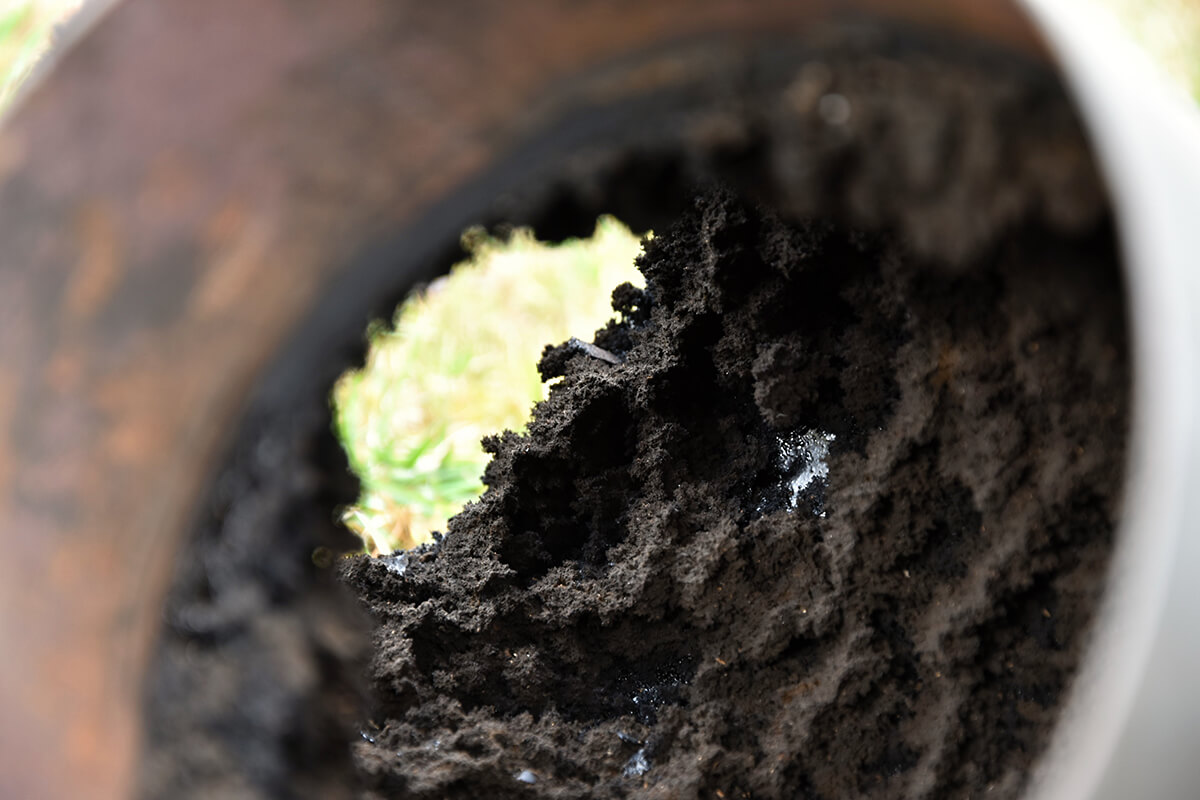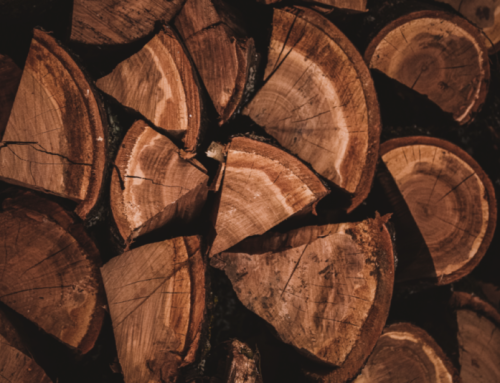Creosote buildup in chimneys is a common concern for homeowners who use wood-burning appliances. It’s a byproduct of burning wood or other organic materials. When wood is burned incompletely, volatile gases are released. These gases condense and adhere to the chimney’s walls as they cool.
Over time, this black, tar-like substance can accumulate in chimneys and stovepipes, posing a significant fire hazard if not properly addressed. Sometimes, it appears as flaky deposits or in hard, glazed formations.

The Dangers of Creosote
Creosote is highly flammable, making it a significant fire hazard if allowed to accumulate in chimneys or stovepipes. If ignited, creosote deposits can lead to chimney fires, which can cause extensive damage to your home and threaten your safety. In addition to its fire risk, this buildup can obstruct the chimney, reducing airflow and potentially causing smoke to back up into your home.
Risks of Creosote Buildup:
Preventing Creosote Buildup
Preventing buildup is essential for maintaining a safe and efficient wood-burning system. Here are some tips to help minimize creosote formation:
- 1
Burn Seasoned Firewood: Burning seasoned firewood with low moisture content can help reduce creosote production. Seasoned wood burns more cleanly and efficiently, producing less smoke and reducing creosote buildup in the chimney.
- 2
Ensure Proper Ventilation: Adequate airflow is crucial for promoting complete combustion and minimizing creosote formation. Ensure that your chimney is adequately ventilated and that no obstructions block airflow.
- 3
Regular Chimney Inspections and Cleanings: Schedule annual chimney inspections and cleanings by a professional chimney sweep. A qualified technician can identify and remove any creosote buildup, reducing the risk of chimney fires.
- 4
Use Proper Burning Techniques: Avoid slow, smoldering fires, which can contribute to creosote formation. Instead, build hot, clean-burning fires using dry, seasoned firewood and maintain a steady airflow to promote complete combustion.
Creosote buildup in chimneys is a serious concern for wood-burning homeowners, but it can be effectively managed with proper precautions and maintenance. Understanding the risks associated with creosote and following essential prevention tips can ensure a safe and enjoyable fire experience.
Use seasoned firewood, schedule regular chimney inspections, practice proper burning techniques, and install a chimney cap to minimize creosote buildup and keep your home safe.



